Expansion of the Packaging Sector
The expansion of the packaging sector serves as a crucial driver for the Plastic Processing Auxiliary Equipment Market. With the rise of e-commerce and changing consumer preferences, the demand for innovative and sustainable packaging solutions has intensified. The packaging industry is projected to reach a value of over 1 trillion USD by 2025, creating substantial opportunities for manufacturers of plastic processing equipment. This growth is accompanied by a need for advanced auxiliary equipment that can efficiently produce diverse packaging formats, including flexible and rigid containers. As companies strive to enhance their production capabilities and meet the evolving demands of the market, the Plastic Processing Auxiliary Equipment Market is likely to experience increased investment in state-of-the-art processing technologies.
Rising Demand for Lightweight Materials
The increasing demand for lightweight materials across various industries is a pivotal driver for the Plastic Processing Auxiliary Equipment Market. As manufacturers seek to enhance fuel efficiency and reduce emissions, the need for lightweight components in automotive and aerospace applications has surged. This trend is reflected in the projected growth of the plastic materials market, which is expected to reach approximately 600 billion USD by 2025. Consequently, the demand for auxiliary equipment that can efficiently process these materials is likely to rise, as manufacturers require advanced machinery to handle the specific properties of lightweight plastics. The Plastic Processing Auxiliary Equipment Market is thus positioned to benefit from this shift towards lighter materials, as companies invest in innovative processing technologies to meet evolving industry standards.
Increased Focus on Recycling Technologies
The growing emphasis on recycling and sustainable practices is significantly influencing the Plastic Processing Auxiliary Equipment Market. As environmental regulations tighten and consumer awareness rises, manufacturers are increasingly adopting recycling technologies to minimize waste and enhance resource efficiency. The Plastic Processing Auxiliary Equipment Market is projected to grow at a compound annual growth rate of around 6% through 2025, indicating a robust demand for auxiliary equipment that supports recycling processes. This trend necessitates the development of specialized machinery capable of processing recycled plastics, thereby driving innovation within the Plastic Processing Auxiliary Equipment Market. Companies that invest in advanced recycling technologies are likely to gain a competitive edge, as they align with the sustainability goals of both consumers and regulatory bodies.
Global Shift Towards Sustainable Manufacturing
The Plastic Processing Auxiliary Equipment Industry. As industries face mounting pressure to reduce their carbon footprint and adopt eco-friendly practices, the demand for sustainable processing solutions is on the rise. This shift is reflected in the increasing investment in equipment that minimizes energy consumption and waste generation. The market for sustainable manufacturing technologies is expected to grow substantially, with projections indicating a potential increase of over 10% annually through 2025. Consequently, the Plastic Processing Auxiliary Equipment Market is likely to benefit from this trend, as manufacturers seek to implement more sustainable practices in their operations, thereby enhancing their competitiveness in an environmentally conscious market.
Technological Innovations in Processing Equipment
Technological innovations in processing equipment are reshaping the landscape of the Plastic Processing Auxiliary Equipment Market. The advent of automation, artificial intelligence, and Industry 4.0 principles is driving efficiency and precision in plastic processing operations. As manufacturers seek to optimize production processes and reduce operational costs, the integration of smart technologies into auxiliary equipment is becoming increasingly prevalent. This trend is evidenced by the growing adoption of IoT-enabled machinery, which allows for real-time monitoring and predictive maintenance. The Plastic Processing Auxiliary Equipment Market is thus poised for growth as companies invest in cutting-edge technologies that enhance productivity and ensure high-quality output, aligning with the demands of a competitive marketplace.


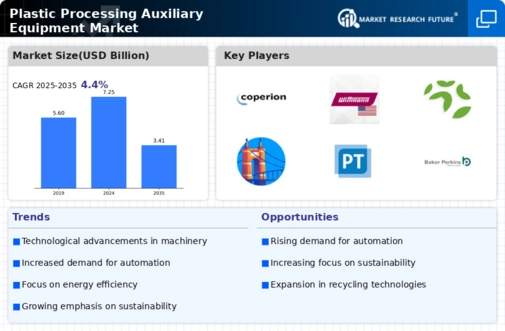
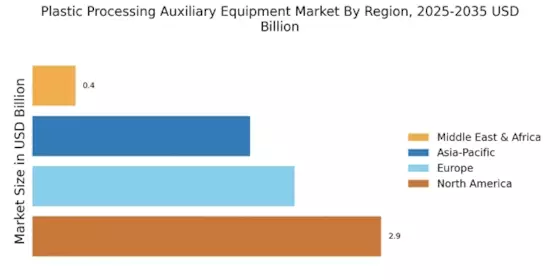
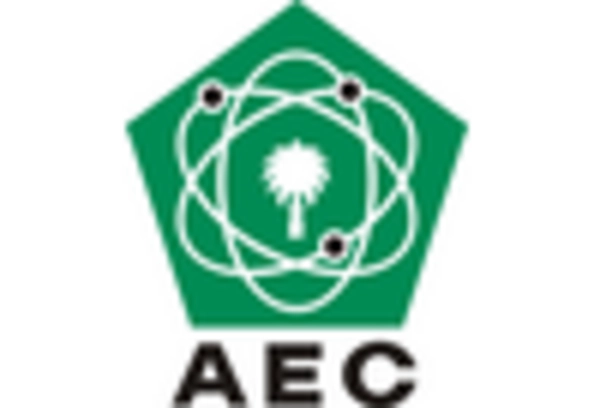
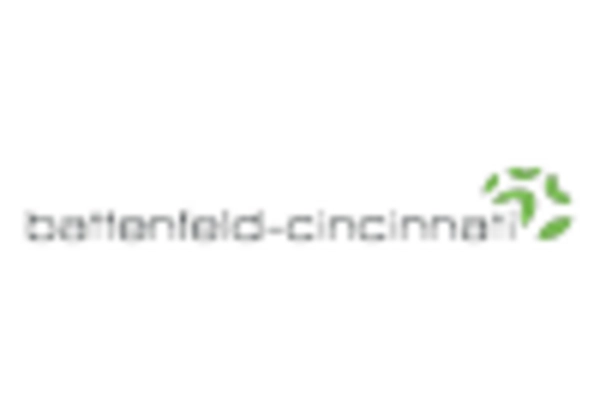
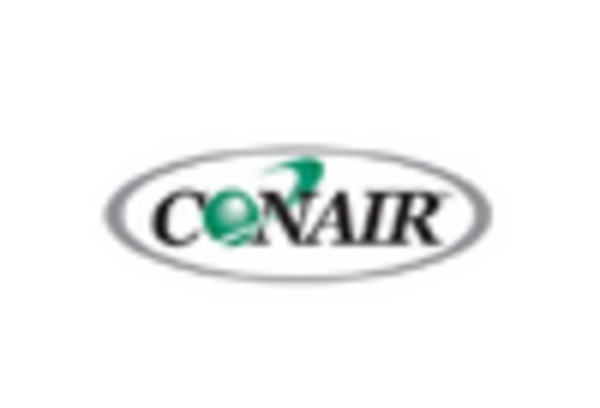
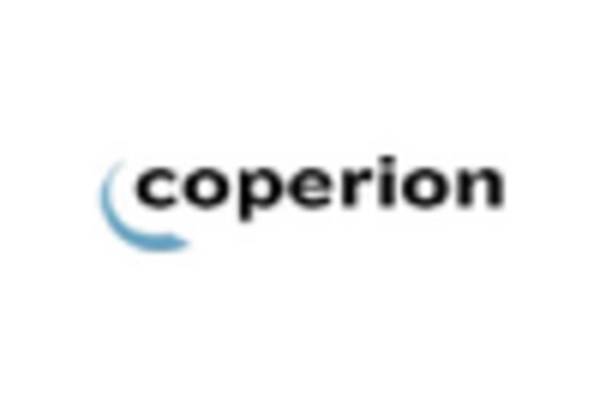
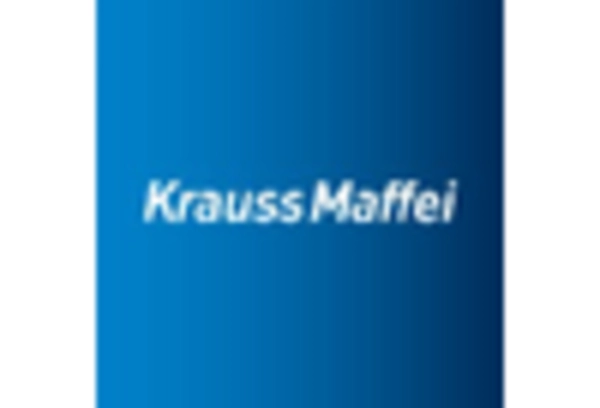









Leave a Comment